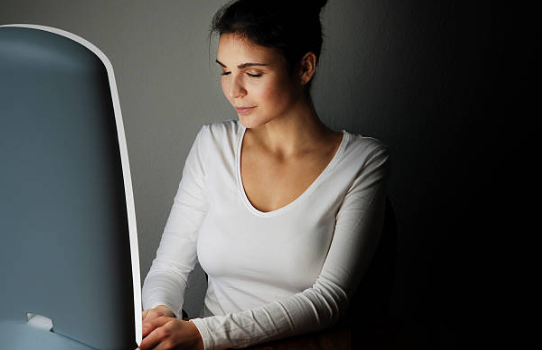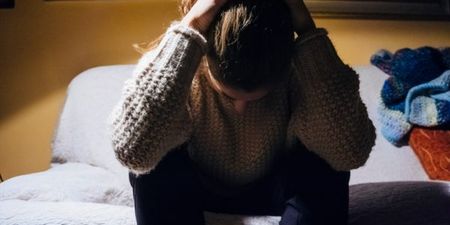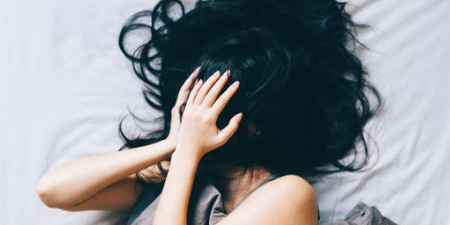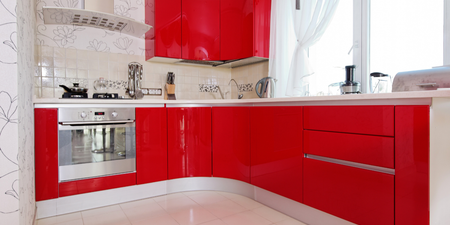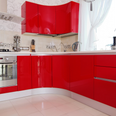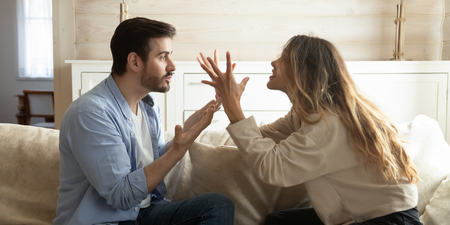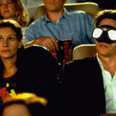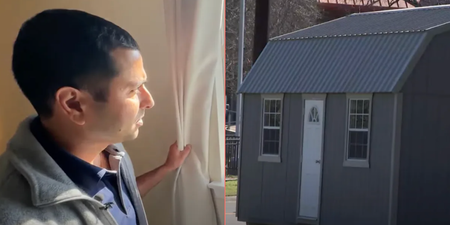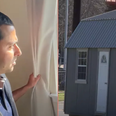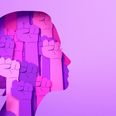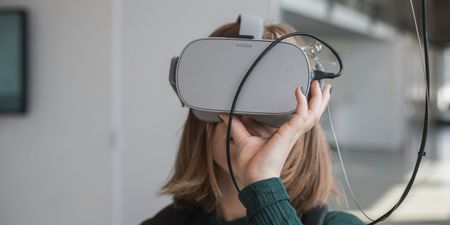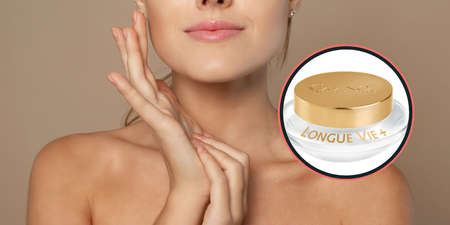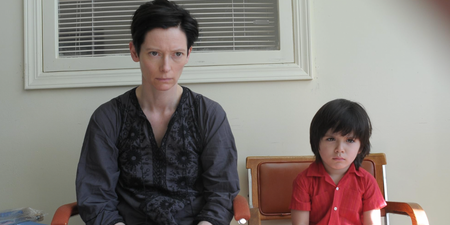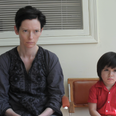
One in 15 people in Ireland are expected to experience seasonal affective disorder during any given year.
SAD, as it is otherwise known, tends to affect people more intensely during December and January with symptoms like depression, low energy levels, and feelings of hopelessness being at their worst.
Seasonal affective disorder can go undiagnosed for years, but once the condition is acknowledged it’s often worth seeking treatment to try and alleviate the more debilitating effects.
So, how can you treat SAD?
Similar to depression, seasonal affective disorder can be treated with antidepressants, SSRIs, and other prescribed medication.
It can also be managed through cognitive behavioural therapy (CBT), stress management or, a form of treatment that has become prominent in recent years – light therapy.
What exactly is light therapy?
Light therapy, bright-light therapy, or phototherapy, is the use of artificial light to treat conditions like seasonal affective disorder.
While it won’t cure SAD or other forms of depression, light therapy can reduce the symptoms and make them more manageable.
Patients sit or work near an artificial light source called a light box in order to affect melatonin and serotonin change. This is done to alleviate many of the symptoms associated with SAD, including feelings of hopelessness, depression, and low energy levels.
In order for light therapy to work, the light must enter a patient’s eyes indirectly – this does not mean staring directly into a light box, rather the box must be facing the person while they work, read, or relax.

Light boxes themselves can come with varied levels of brightness. Mayo Clinic recommends that someone experiencing SAD should use a box with intensity of 10,000 lux positioned between 40 and 60 centimetres from their face.
10,000 lux is about 20 times the strength of regular indoor light so unfortunately, using a normal lamp won’t have the same affect unless used for a longer amount of time.
Light boxes of the above strength generally recommend therapy sessions of about 25-30 minutes per day (preferably in the morning), but these times can vary so it’s always worth checking the instructions on the box, or consulting your doctor.
Some people start seeing results from light therapy right away, while others may have to wait a few weeks before their mood and energy levels improve.
When should you start light therapy?
People exhibiting SAD symptoms often begin light therapy towards the start of autumn as the evenings get darker earlier.
Light boxes are widely available to buy online, but it recommended that you consult your GP if you’re planning on starting regular light therapy.
They should be able to recommend the right box, the correct lux, and how long your light therapy sessions should last.

They can also offer alternative SAD treatments if they see fit. Certain medications can cause light sensitivity in skin so it’s worth noting that not everybody will be able to avail of light therapy.
Other side effects also include headaches, eye strain, irritability, and hyperactivity, however these tend to not last for long.
Sunrise alarm clocks have become increasingly popular in recent months, especially among people who experience SAD.
The clocks come with gentle sunrise and sunset features, allowing users to wake up and go to sleep in a setting that mimics natural light. Many of the devices also include a variety of different coloured lights providing a series of varied mood settings.
You can pick up a sunrise alarm clock from Lidl, Boots, or other leading pharmacies.
